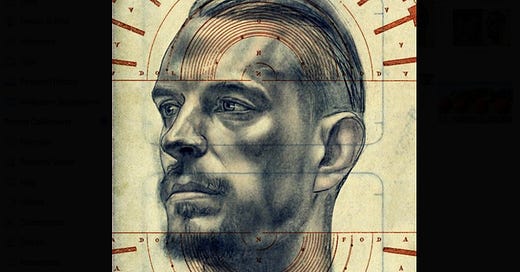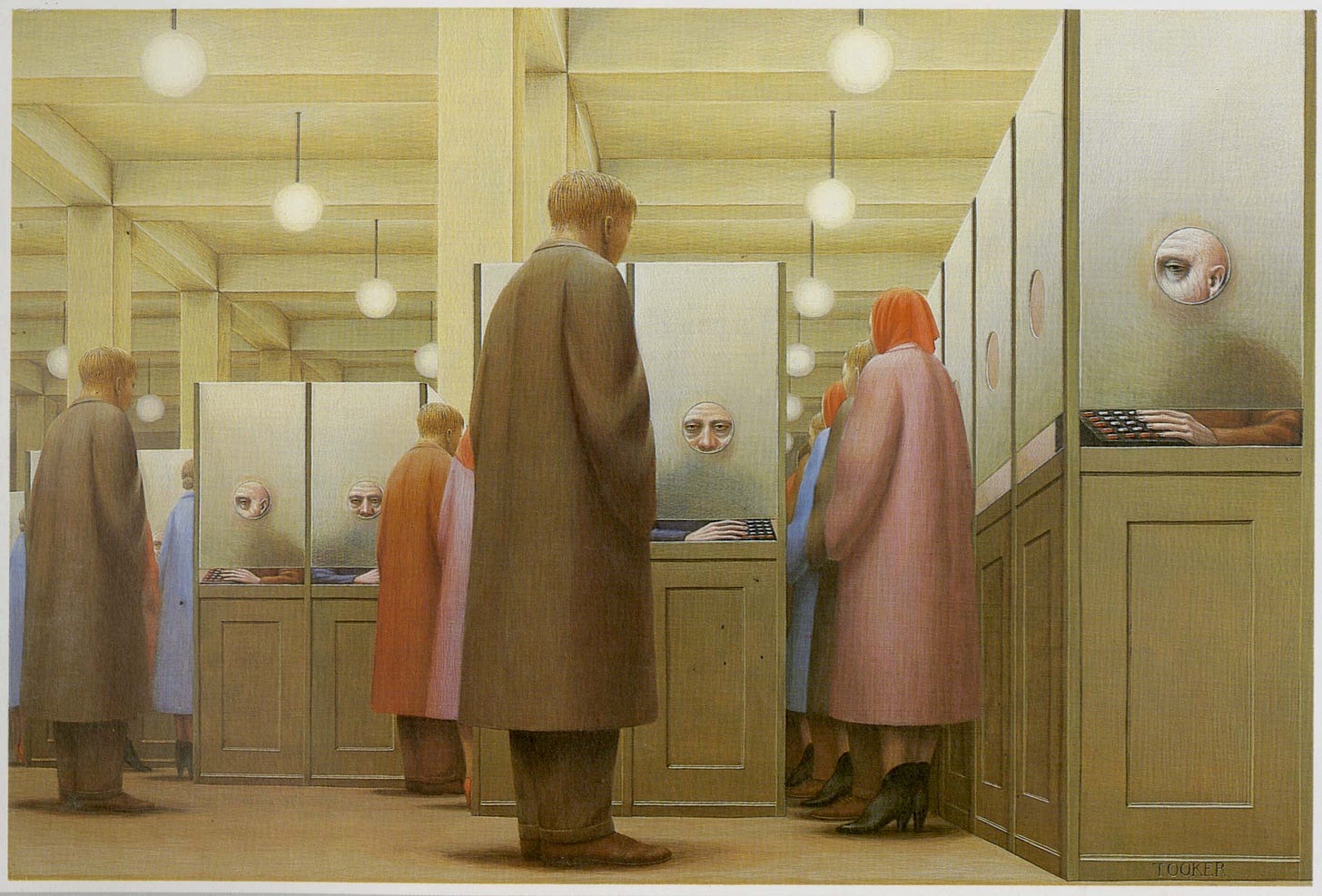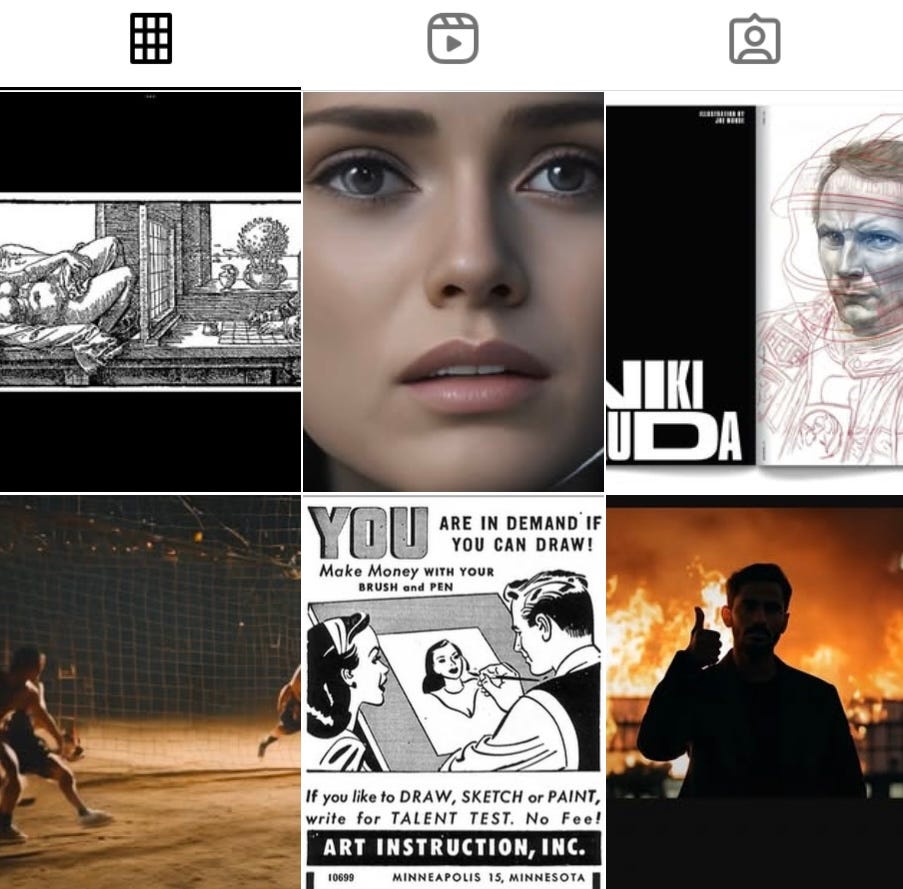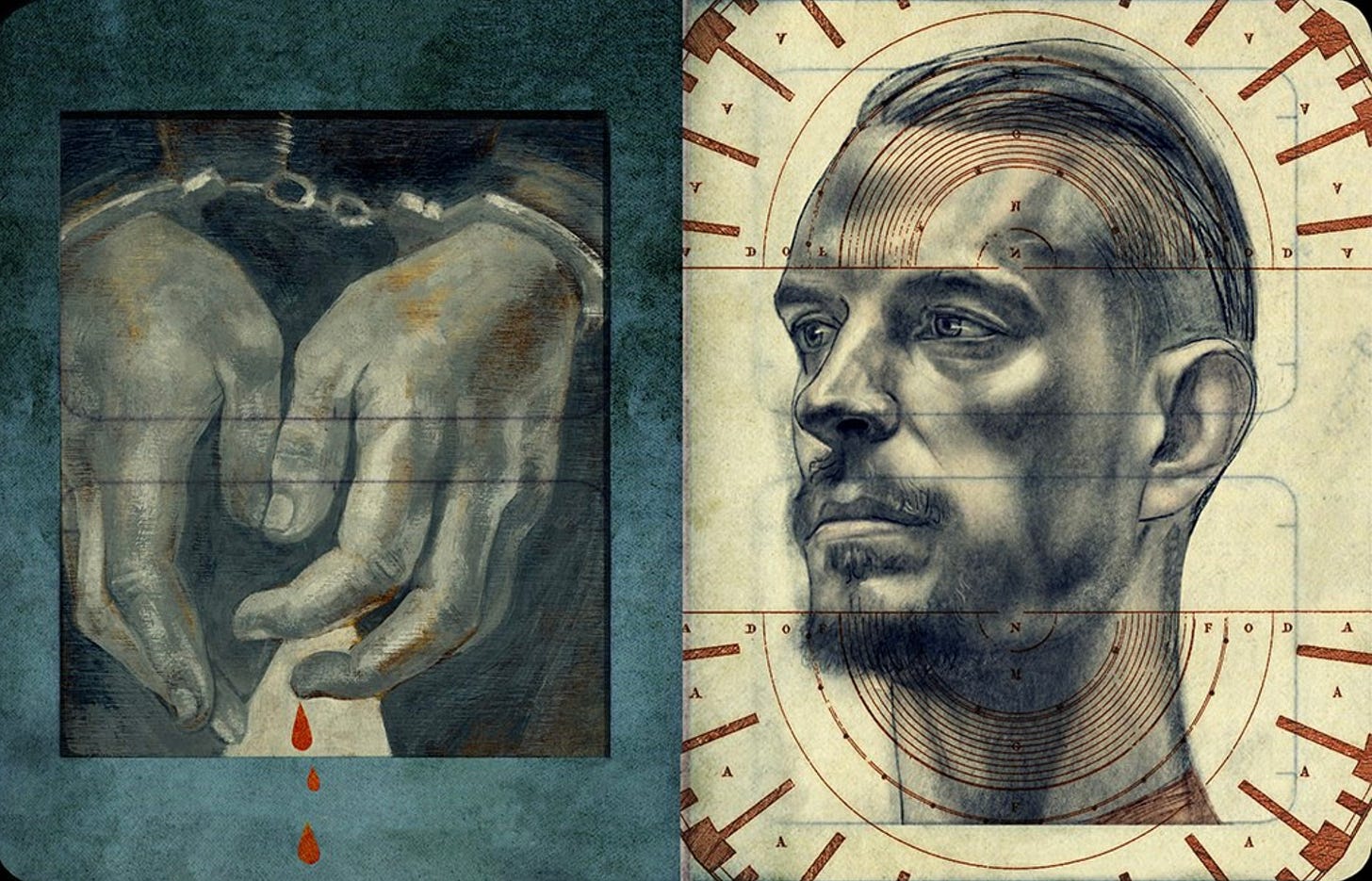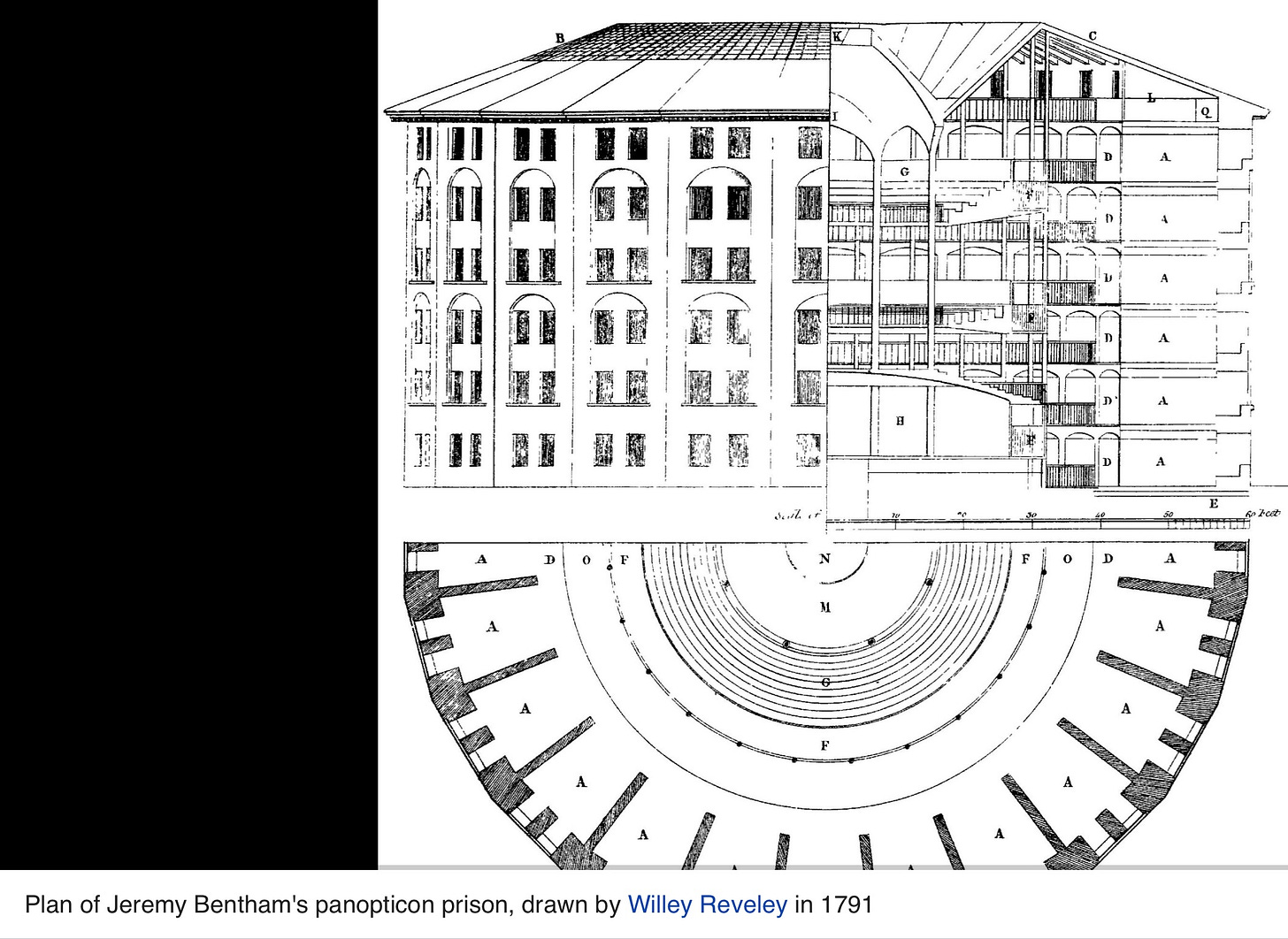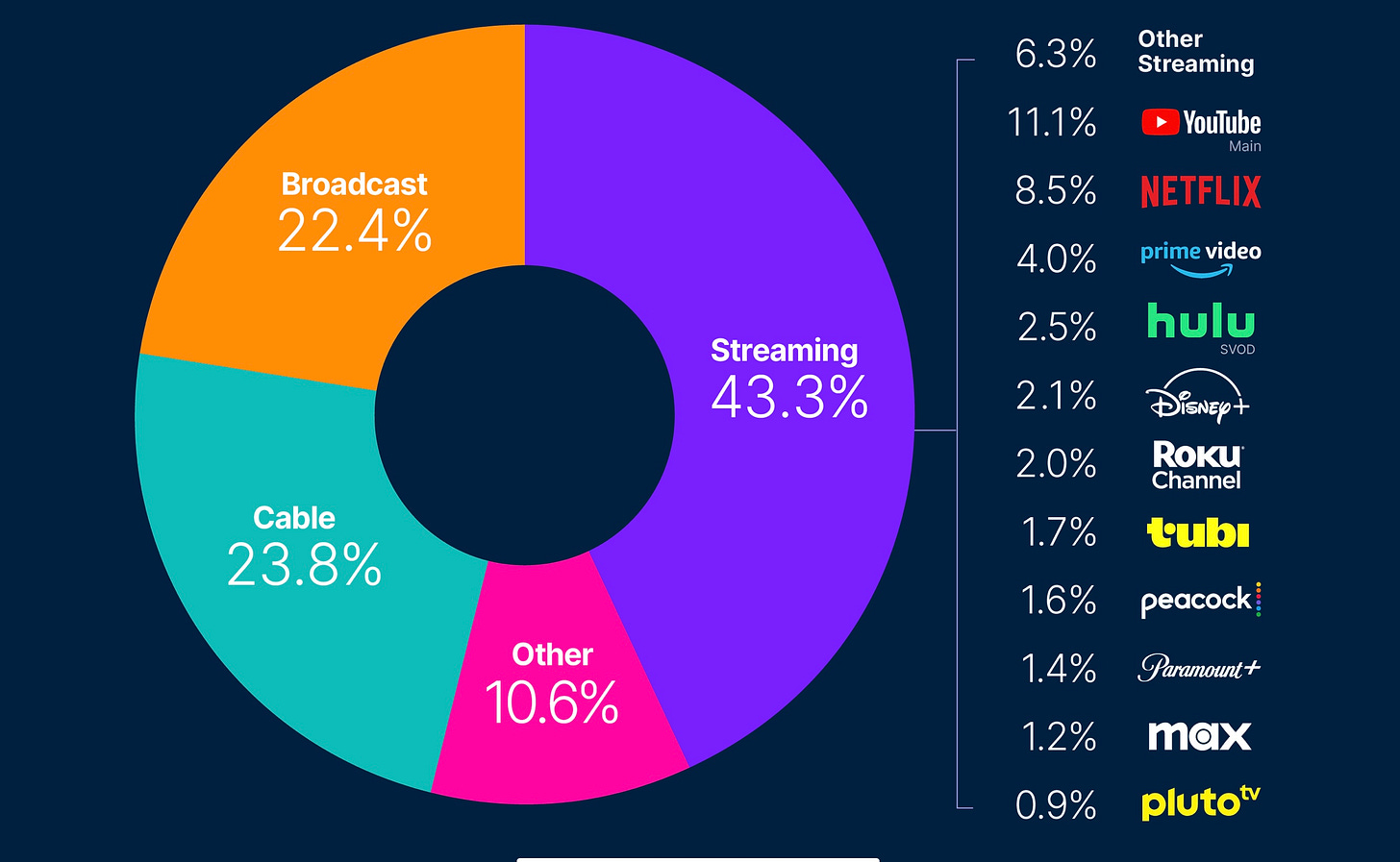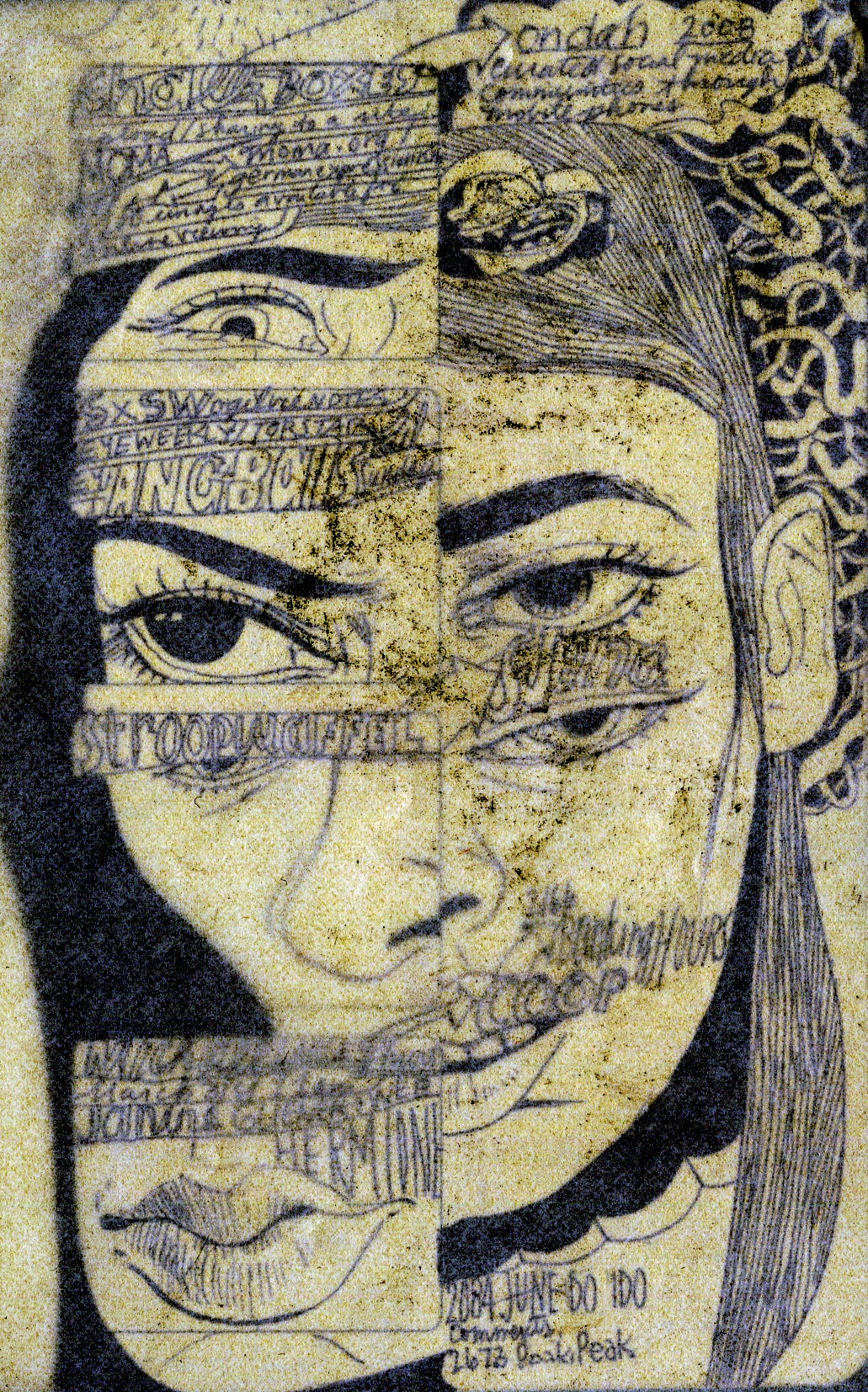We are in one of the most pervasively and persuasively designed bait and switch systems ever devised and we are fed from massive incentivized data farms that harvest our attention and corporatize every cultural and political interaction. Nothing is outside the reach of this tech embrace, because it has so insinuated itself into our consciousness that we associate it with air, even though it poisons every breath we take.
Example—Instagram. It became more terrible as it grew and reflected its distorted image back at us, but it offered a platform to share, monetize, and that lovely dopamine hit—-do you REALLY like me? Add those heart and fire emojis, ahhh, perfect. But then the rent came due and Meta scraped up all the gold we had willingly offered for a promise of fair exchange. There was a blip of discontent, but the worm, planted in our brains since 2009, didn’t turn, it burrowed deeper and on we share.
Some words offer excellent examples for the importance of context informing content. The word discipline was foremost in my mind this week, not because drawing is a discipline—from the Latin—disciplina—instruction, training—but it’s more sinister application in punishment and the carceral state. As part of my lecture this week I introduced the English philosopher and social theorist Jeremy Bentham’s diabolical idea of the panopticon prison, a social control mechanism.
His design has a central guard tower with rings of open barred cells facing the tower. The prisoners can be observed by a single guard, without the inmates knowing whether or not they are being surveilled. The belief that they are under constant watch modifies their behaviour. The panopticon lives today at the heart of the online visual world, it is not focused on the body, in it’s sights is a new prisoner—your mind. We see the instrumentalized design for coercive control of the prisoner and miss the symmetry with visual internet culture. It is not a guard tower watching us, but a garish carousel of ever changing images, with text shout outs, emojis, reels, and notifications. We mistake our swipes, taps, and thumb texting as agency and action, rather than the sad pacing of zoo animals in their cage.
So what can we turn to when our ability to see is captured? We are facing a vast sea of noise and the volume has been purposely turned up to 11. Just navigating my email inbox this week feels like the obstacle game show Wipeout. The gauntlet seems low stakes, there is no tiger chasing us hapless bouncing participants. But isn’t that the point, to exaggerate, to create spectacle, and to keep our eyes off the workings going on behind the drama.
This is the month people follow some kind of resolution—to stop drinking, or start exercising….why not work on our visual health? I can’t think of a better way to fight visual cacophony than the ultimate game of visual contemplation—composition. The mechanisms of control are laid bare in composition and can be thwarted. It’s a health club for cognition. Start with a light workout; placement, and interval —-the space between things. Advance to a more rigorous routine; overlap and scale— depth and visual hierarchy. You’re ready for the complex apparatus now; cropping, cornering, and the edge of the frame. Every one of these moves creates a combinatorial complexity in meaning and content. I can remember when I worked on composition as an activity, a pastime, and an iterative tool for building my work, outside of an assignment or project. Those were the before times, when a screen didn’t travel with me every minute of the day.
Bentham disavowed his invention at the end of his life reversing the power equation, with a single political representative held accountable at the centre and encircled by their many constituents. This is the last lesson of composition; perspective and viewpoint and the opportunity to see the world from another vantage point and just maybe giving the panopticon a poke in the eye.`

